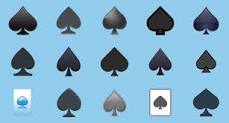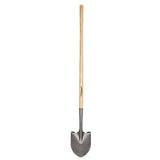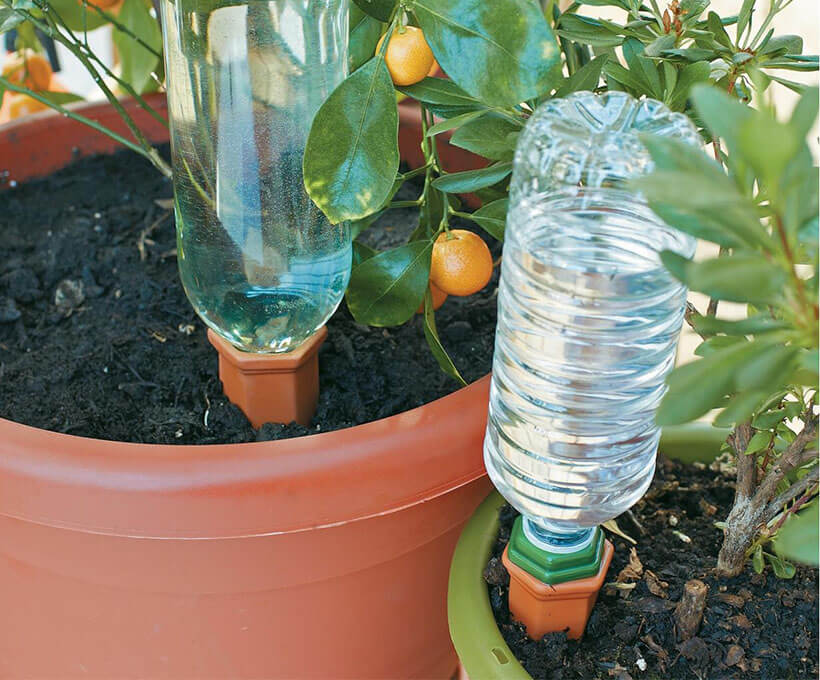The spade, a crucial tool for digging, has a rich history that traces back thousands of years. While it’s tough to pin down a single inventor, the earliest known spades appeared around 1,600 BC in China, made from wood and later enhanced with metal tips as metalworking advanced.
The Evolution of the Spade
Early Designs
- Primitive Tools: The first spades were likely made from animal bones or wooden planks. These early versions were heavy and not particularly efficient.
- Metal Tips: With the advent of metalworking, spades began to feature sharper metal edges, making them much more effective for breaking and moving soil.
Roman Influence
- Adoption in Europe: The Romans were among the first in Europe to use metal spades extensively. They recognized the tool’s utility in agriculture and construction, improving efficiency in land preparation.
Medieval Advancements
- Construction Changes: By the Middle Ages, spades had evolved significantly. They often featured a wooden body with a metal blade, which provided better durability and functionality.
- Common Usage: Spades became essential for gardening and farming, symbolizing hard work and labor in medieval society.
Modern Variations
Today, spades come in various shapes and sizes tailored for different tasks. From garden spades with square ends to digging spades designed for post holes, these tools have adapted to meet diverse needs. The distinction between a shovel and a spade is also worth noting; while shovels are generally broader and used for moving materials, spades are specifically designed for digging.
FAQ
What materials were early spades made from?
Early spades were primarily made from wood or animal bones. As technology progressed, they began to incorporate metal tips for improved efficiency.
When did metal-tipped spades first appear?
Metal-tipped spades began to emerge around 1,600 BC in China, marking a significant advancement in their design.
How did the Romans contribute to the development of the spade?
The Romans popularized the use of metal spades in Europe, recognizing their effectiveness for agricultural tasks and construction projects.
Are there different types of spades?
Yes! There are various types of spades designed for specific tasks, including garden spades, digging spades, and trenching spades.
In conclusion, while we can’t credit one individual with inventing the spade, its evolution reflects humanity’s ingenuity over centuries. From ancient bone tools to modern designs, the humble spade remains an indispensable part of our toolkit.







